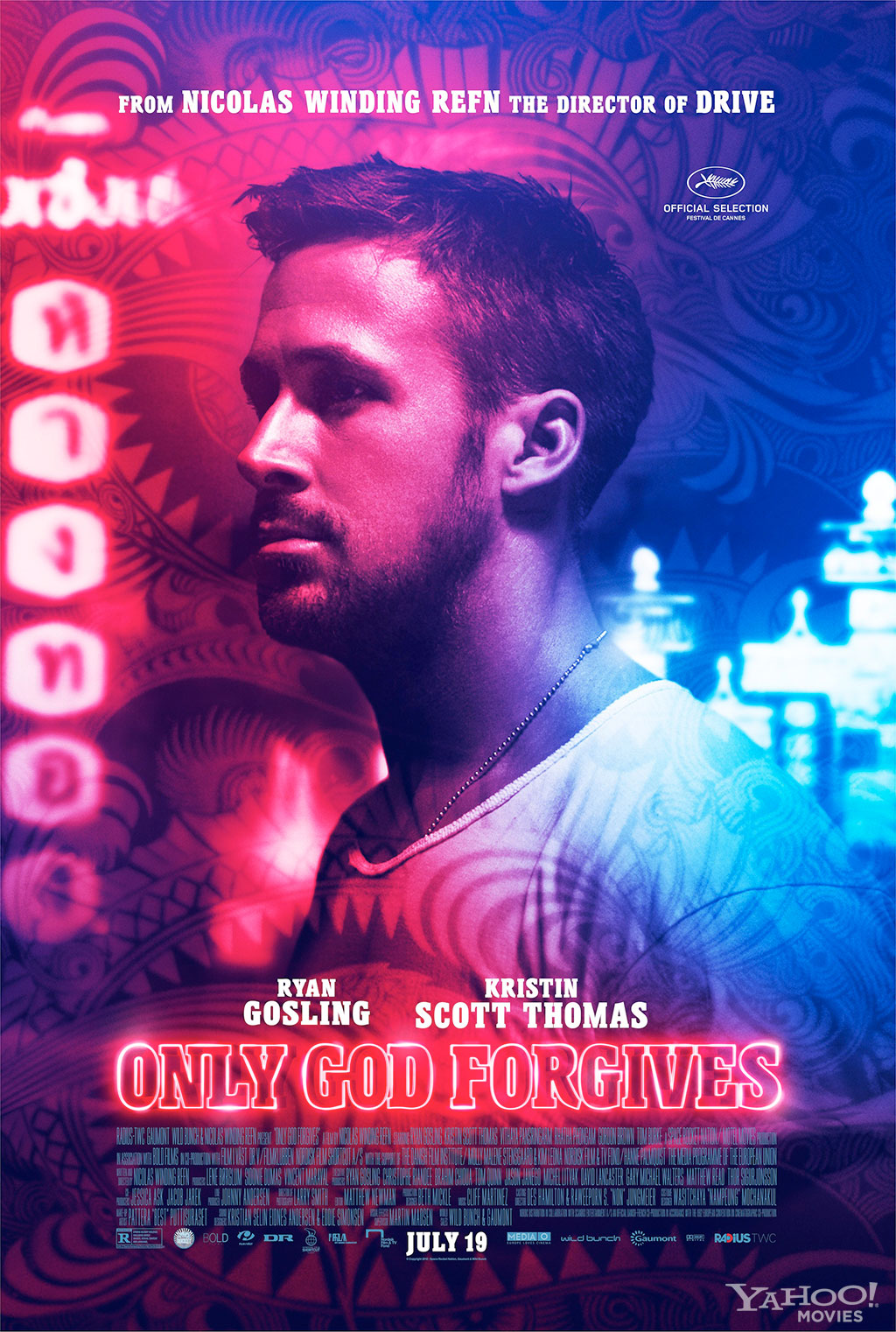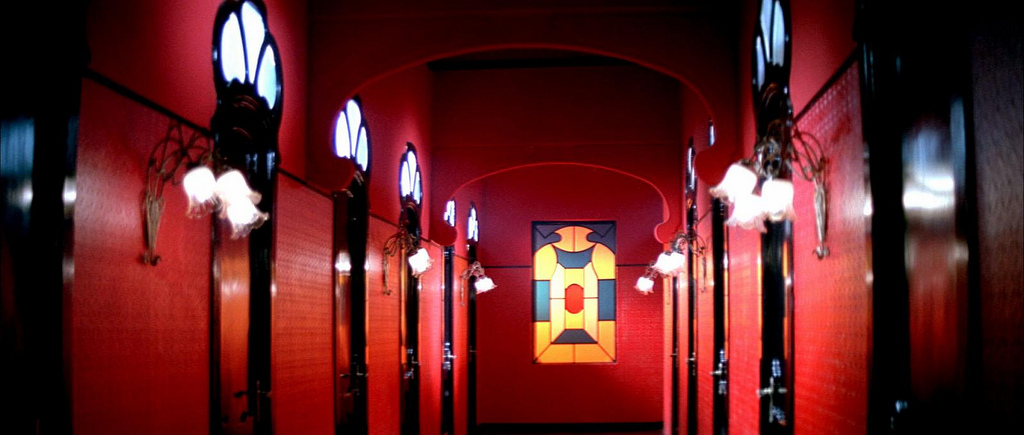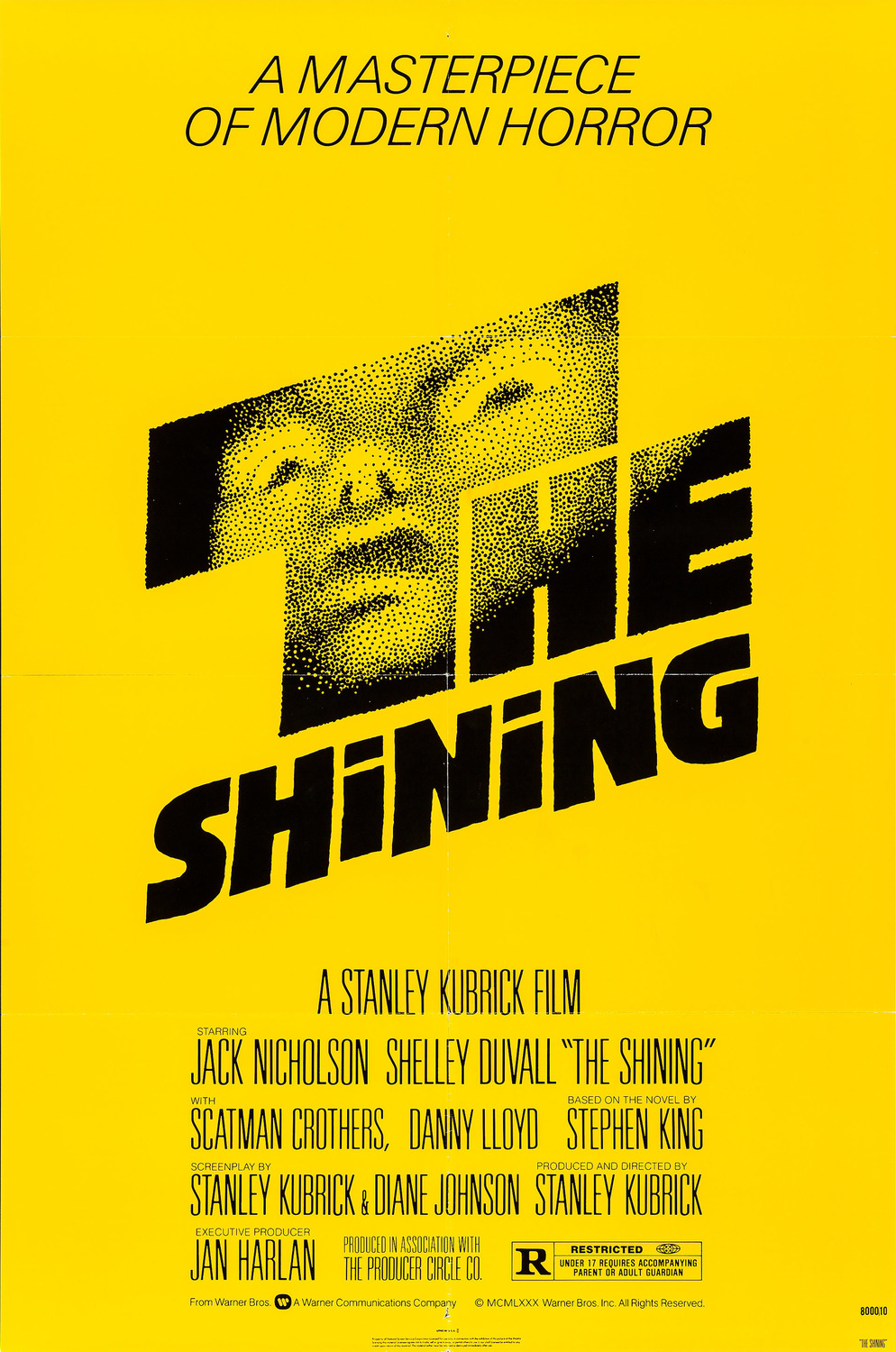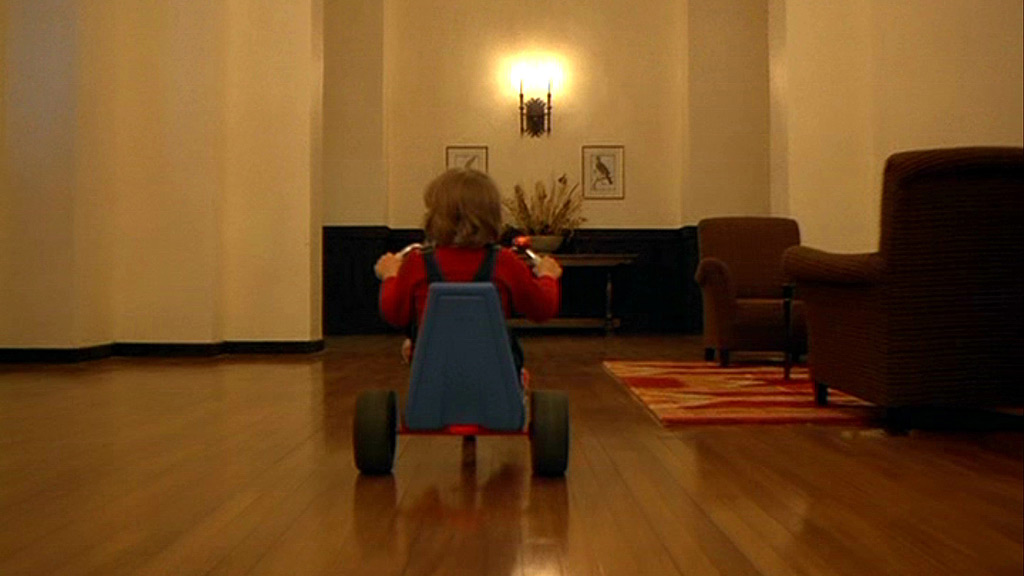1) Intro to Autodesk Maya:
a a ) Modelling (NURBS and Polygon)
http://jackmwhite.blogspot.co.uk/2014/09/1st-maya-tutorial.html
b b ) Character Part 1: Modelling
http://jackmwhite.blogspot.co.uk/2014/10/character-tutorial-1-fixed.html
c c ) Common Shaders
http://jackmwhite.blogspot.co.uk/2014/10/texturing-part-1-common-shaders-tutorial.html
d d ) UV Maps
http://jackmwhite.blogspot.co.uk/2014/10/uv-maps-maya-tutorial.html
e e ) Character Part2: Texturing and Shaders
http://jackmwhite.blogspot.co.uk/2014/10/character-and-eraser-texturing-maya.html
f f ) Lights and Shadows
http://jackmwhite.blogspot.co.uk/2014/11/lighting-and-rendering-maya-tutorial.html
g g ) Character Part3: Lighting and Rendering
http://jackmwhite.blogspot.co.uk/2014/11/maya-tutorial-character-lighting.html
2) Modelling 1: Digital Sets
a a) Modelling
http://jackmwhite.blogspot.co.uk/2014/10/old-alley-modelling-tutorial.html
b b) UV Layout and Texturing Preparation
http://jackmwhite.blogspot.co.uk/2014/10/old-alley-uv-mapping-maya-tutorial.html
c c) Lighting
http://jackmwhite.blogspot.co.uk/2014/11/maya-tutorial-alley-scene-lighting.html
d d) Colour Maps
http://jackmwhite.blogspot.co.uk/2014/11/maya-tutorial-alley-scene-colour-maps.html
e e) Bump and Specular Maps
(DIDN'T DOCUMENT SEPARATELY, SEE FINAL RENDER)
f f) Dirt Maps and Final Render
http://jackmwhite.blogspot.co.uk/2014/11/maya-tutorial-alley-scene-final-render.html
3) Lighting and Rendering1: Intro to Lighting
a a) Exterior Lighting: Midday
http://jackmwhite.blogspot.co.uk/2014/11/maya-tutorial-whimsy-house-midday.html
b b) Exterior Lighting: Sunset
http://jackmwhite.blogspot.co.uk/2014/11/maya-tutorial-whimsy-house-sunset.html
c c) Exterior Lighting: Romantic
http://jackmwhite.blogspot.co.uk/2014/11/maya-tutorial-whimsy-house-romantic.html
d d) Exterior Lighting: Night
http://jackmwhite.blogspot.co.uk/2014/12/maya-tutorial-whimsy-house-night.html
4) Visual FX: Visual Effects 2
a a) Render Layers: Software
http://jackmwhite.blogspot.co.uk/2014/12/maya-tutorial-render-layers-1-software.html
b b) Depth of Field
http://jackmwhite.blogspot.co.uk/2014/12/maya-tutorial-render-layers-2-depth-of.html




















































